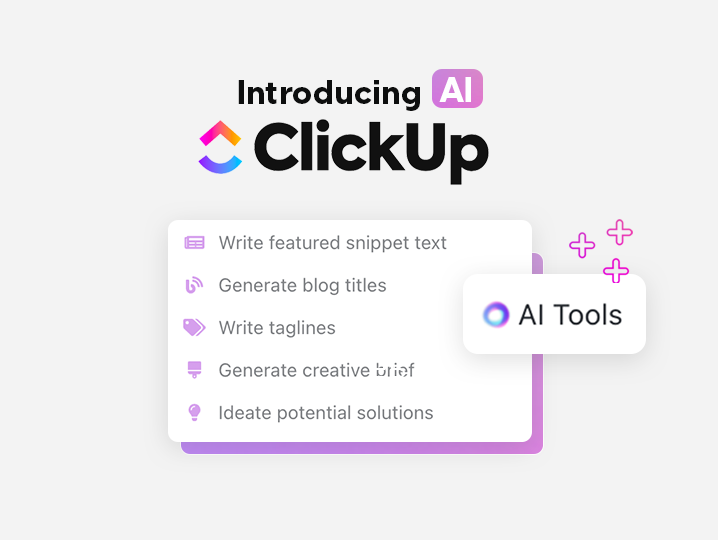
Friday
Friday is an AI-powered assistant built specifically for remote work, combining task management, daily check-ins, and team collaboration features. It streamlines remote workflows by offering AI-driven insights, organizing tasks, and facilitating communication between team members. Its central focus is on keeping remote teams connected and organized by helping them track progress, manage workloads, and ensure accountability. With features like automatic check-ins, daily planning, and performance analytics, Friday makes it easier for teams to stay aligned, whether they are in the office or working remotely.
Designed to solve common challenges of remote work, such as lack of visibility into team activities and communication gaps, Friday integrates with multiple tools like Slack, Trello, and Asana to create a seamless workflow. The platform is perfect for businesses looking to improve their remote work structure, ensure better team communication, and maintain accountability in a distributed workforce.






